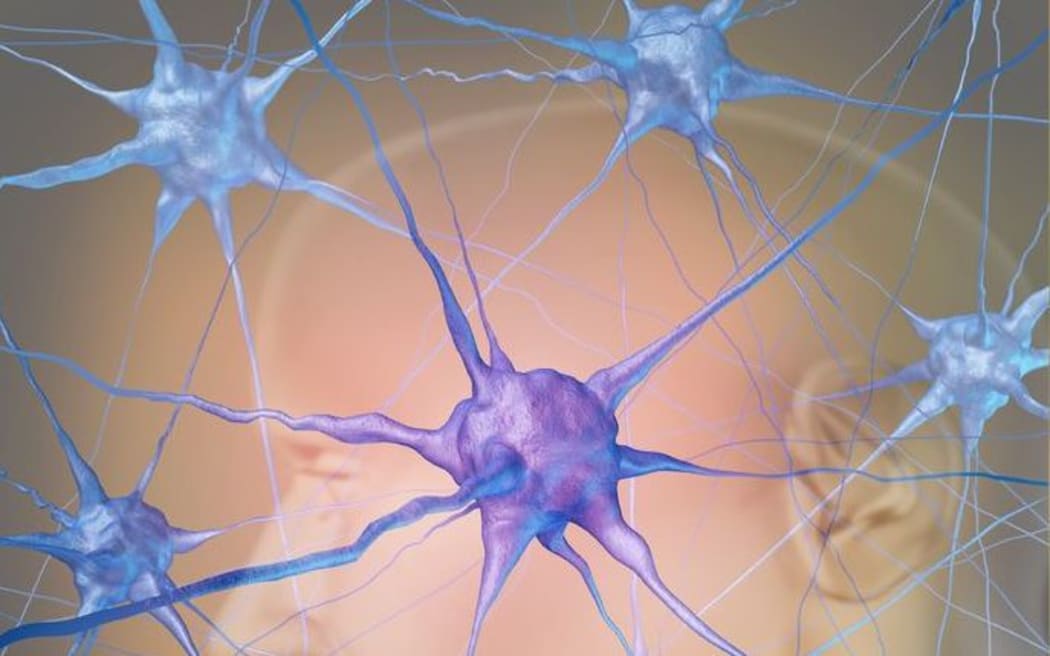One in 58 people in New Zealand have Autism Spectrum Disorder (ASD) which is a developmental disorder.

Autism is a neurological disorder. Photo: 123rf
It has no known cause, or cure.
Karen Pierce and Eric Courchesne are directors at the University of California's Autism Centre of Excellence.
Their work forms much of the knowledge of autism today.
Dr Pierce specialises in the early detection and treatment of Autism Spectrum Disorder (ASD) in toddlers, and Dr Courchesne's research has proved that the abnormal brain development causing autism begins in the womb.
Eric says that when he began studying the disorder 30 years ago, autism was quite a mystery.
He says there was a lot of misinformation around the disorder - but one factor has proved to be true, that it is the idea that genetics play an important role in autism.
“If you went back 30 years ago it was largely unrecognised and studies found that the rates of autism were really low, people were not really interested. Now everything has really changed.”
Karen Pierce and Eric Courchesne are the keynote speakers at Autism New Zealand's national conference later this month.
The pair talk to Wallace Chapman about their work.
Read an edited excerpt from their conversation
WC: You made a major contribution to the field back in 1998 when you published one of the first neuroimaging studies of autism that showed that autism was definitely a neural biological disorder and not a psychological disorder. How significant was that?
EC: It was a huge finding that hit world-wide press because people though before that time it was simply because parents not knowing how to raise a child. Which is completely untrue. It is a neural disorder, it is a developmental disorder and that paper showed that. It was quite an exciting beginning to the studies of the biology and real causes underlying autism.
WC: Are you able define what Autism Spectrum is?
KP: Autism is a disorder that really impacts someone’s social communication ability to be able to perceive how other people are feeling and thinking, and to kind of interpret their social world. There’s another piece to autism too which involves restricted interest. People with autism tend to have very narrow things that they are interested in. And while someone with autism can’t talk they may fixate on this interest that they can be involved in for a very long time which interferes with the learning. But then there are people who autism who have gone to college and are verbal and can things but separation affects them because their conversations and their thoughts rotate around one thing.
So not one person with autism is alike to another one. They’re all very different cases, right?
KP: Yes, extremely. That’s one of the big challenges in the field today, is trying to find understand the subgroups and parking the heterogeneity and trying to understand different individuals and what they may achieve in life and how they can achieve optimal outcomes. Once we understand the different subgroups and the subtypes then are in a better position to help those people.
At what age is autism usually diagnosed?
EC: In the United States it’s typically diagnosed somewhere between three-and-a-half and five-years-old, so it’s quite late in the United States… But people are using techniques to identify children at risk who are as young at 12-months of age. Those at risk of autism are identified earlier are able to get intervention and more help at that age.

